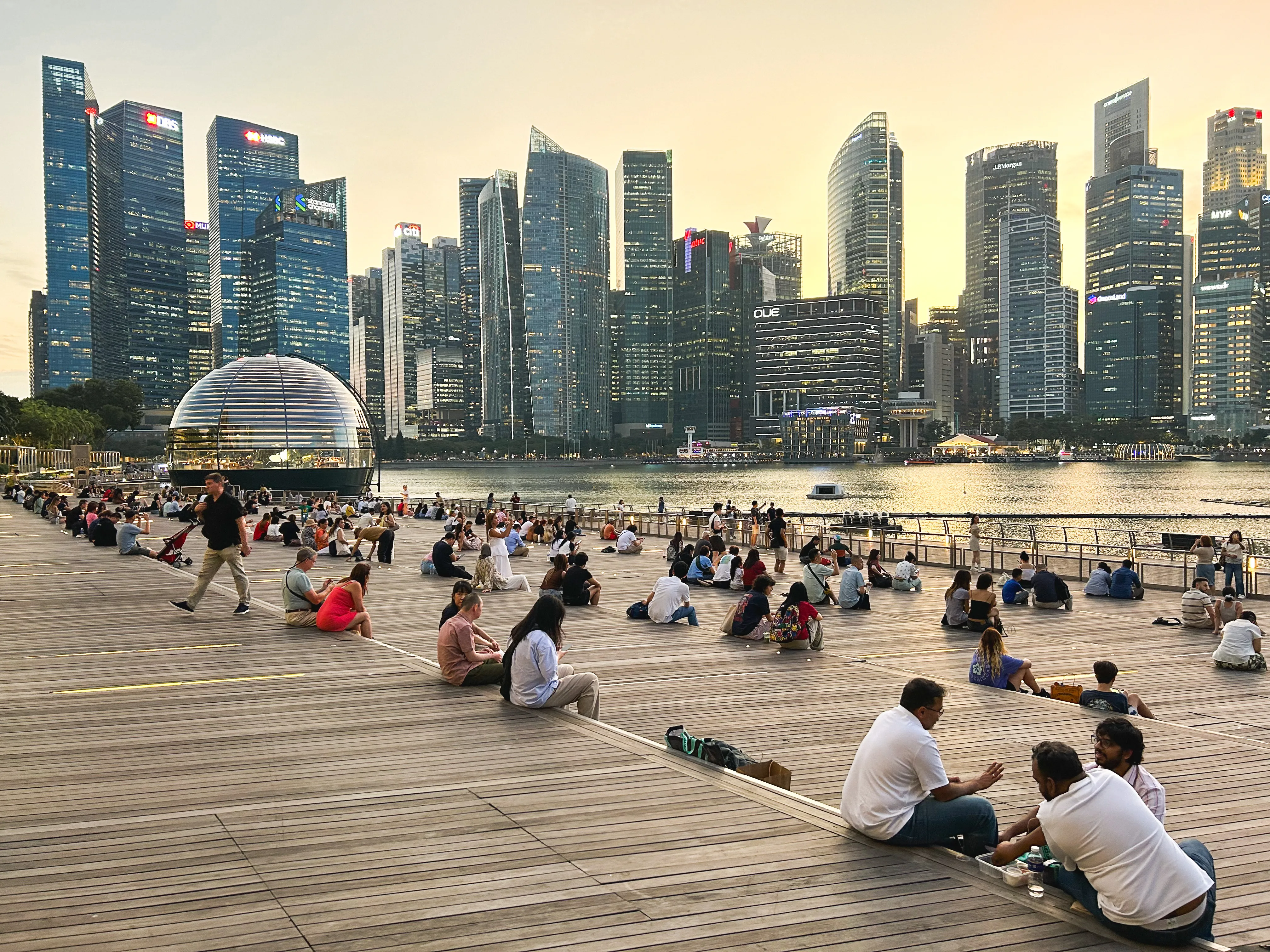
Cultural Guide to Visiting Singapore: A Tourist's Essential Companion
Singapore is a fascinating cultural melting pot where East meets West, tradition blends with modernity, and four major ethnic communities (Chinese, Malay, Indian, and Eurasian) coexist harmoniously. This compact city-state offers visitors an extraordinary cultural journey within just 278 square miles.
Understanding Singapore’s Multicultural Fabric
Singapore’s cultural identity stems from its history as a trading port that attracted immigrants from across Asia and beyond. Today, this diversity is celebrated through the concept of “racial harmony,” where different communities maintain their distinct traditions while embracing a shared Singaporean identity. You’ll notice this immediately in the architecture, where colonial buildings stand alongside modern skyscrapers, and traditional shophouses neighbor contemporary shopping malls.
The official languages are English, Mandarin, Malay, and Tamil, though English serves as the primary working language. Don’t be surprised to hear Singlish, a unique local patois that blends English with Chinese dialects, Malay, and Tamil words, creating Singapore’s distinctive linguistic flavor.
Cultural Etiquette and Social Norms
Singaporeans value respect, courtesy, and “face”, the concept of maintaining dignity and avoiding public embarrassment. When greeting locals, a firm handshake suffices for most situations, though you may encounter traditional greetings like the Chinese bow or the Malay “salam.”
Dress modestly when visiting religious sites. For mosques, cover shoulders and legs; women should bring a headscarf. Hindu and Buddhist temples also require covered shoulders and removing shoes before entering. Singapore’s tropical climate means casual dress is acceptable elsewhere, but avoid overly revealing clothing in public spaces.
The concept of “kiasu”, meaning fear of losing out, is deeply ingrained in Singaporean culture. You’ll observe this in everything from queuing for popular food stalls to securing good seats on public transport. Embrace this enthusiastic approach to getting the best experiences.
Religious and Cultural Sites
Singapore’s religious diversity is beautifully showcased across the island. In Chinatown, visit the Buddha Tooth Relic Temple, an impressive four-story Buddhist temple housing sacred artifacts. The nearby Sri Mariamman Temple, Singapore’s oldest Hindu temple, features intricate gopuram (tower) decorations depicting Hindu deities.
The Sultan Mosque in Kampong Glam, with its golden dome and minarets, anchors the historic Malay quarter. Little India pulses with vibrant energy around Sri Veeramakaliamman Temple, where you can witness traditional Hindu ceremonies and explore shops selling everything from saris to spices.
Don’t miss the Armenian Church, Singapore’s oldest church, representing the city’s Christian heritage and architectural colonial legacy.
Food Culture: A Culinary Adventure
Food is Singapore’s greatest cultural ambassador. The hawker center culture represents true Singaporean democracy, where regardless of background or wealth, everyone eats together in these open-air food courts. Start with iconic dishes like Hainanese chicken rice, laksa (spicy coconut curry noodles), char kway teow (stir-fried rice noodles), and Singapore-style chili crab.
Each ethnic community contributes signature dishes: Chinese dim sum and wonton noodles, Malay rendang and nasi lemak, Indian roti prata and biryani, and Peranakan (Straits Chinese) specialties like nyonya curry and kueh (traditional cakes).
Dining etiquette varies by culture, but generally, sharing dishes is common. In Chinese restaurants, the lazy Susan facilitates sharing. When eating with Muslim friends, remember that pork and alcohol are forbidden. Indian cuisine often involves eating with hands, particularly banana leaf meals.
Festivals and Celebrations
Singapore’s festival calendar reflects its multicultural nature. Chinese New Year transforms the city with red decorations, lion dances, and reunion dinners. Deepavali (Diwali) illuminates Little India with oil lamps and rangoli (decorative patterns). Hari Raya Puasa marks the end of Ramadan with open houses and traditional Malay delicacies. Christmas is celebrated enthusiastically along Orchard Road with elaborate decorations.
The Hungry Ghost Festival offers insight into Chinese folk religion, when offerings are made to ancestral spirits. Mid-Autumn Festival features mooncakes and lantern displays. Thaipusam showcases Hindu devotion through spectacular temple processions.
Shopping and Cultural Districts
Each cultural district offers unique shopping and cultural experiences. Chinatown features traditional medicine shops, tea merchants, and souvenir stores alongside trendy bars and restaurants. Little India overwhelms the senses with spice shops, flower garlands, and colorful textiles. Kampong Glam blends traditional crafts with hipster cafes and boutique shopping.
Orchard Road represents modern Singaporean consumerism, while Clarke Quay and Boat Quay showcase colonial architecture transformed into entertainment districts.
Cultural Sensitivity Tips
Singapore is incredibly safe and foreigner-friendly, but cultural sensitivity enhances your experience. Avoid pointing with your index finger (use an open hand instead). Don’t touch someone’s head, considered sacred in many Asian cultures. Remove shoes when entering homes and certain traditional businesses.
Public displays of affection should be modest. Singapore maintains strict laws about littering, chewing gum, and jaywalking, with fines that are substantial and rigorously enforced.
When photographing people, especially in cultural or religious contexts, always ask permission first. Be particularly respectful during religious ceremonies or cultural performances.
Experiencing Singapore Like a Local
Take public transport to experience daily Singaporean life. The MRT system is efficient and connects all cultural districts. Visit wet markets early morning to see locals shopping for fresh ingredients. Join the queues at famous hawker stalls; Singaporeans know where to find the best food.
Attend cultural performances at the Esplanade or community centers. Many temples and cultural organizations welcome respectful visitors to festivals and ceremonies. Consider staying in traditional shophouse accommodations for an authentic architectural experience.
Singapore’s cultural richness lies not just in its landmarks but in the daily interactions between diverse communities. Embrace the opportunity to experience multiple cultures within a single city, from morning prayers at a temple to afternoon tea influenced by British colonial tradition, ending with a sunset dinner featuring flavors from across Asia. This cultural convergence makes Singapore a unique destination where every meal, conversation, and exploration offers insights into the harmonious complexity of modern multicultural society.